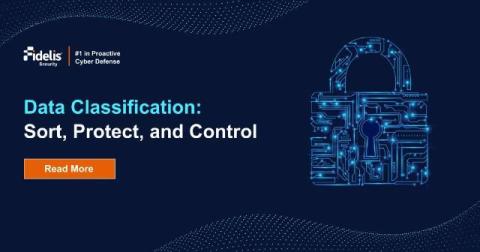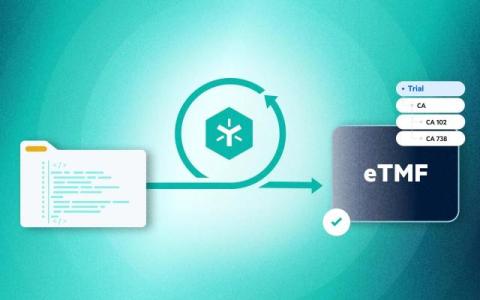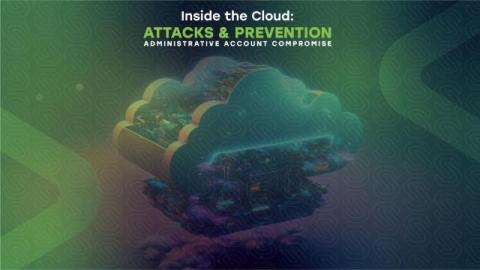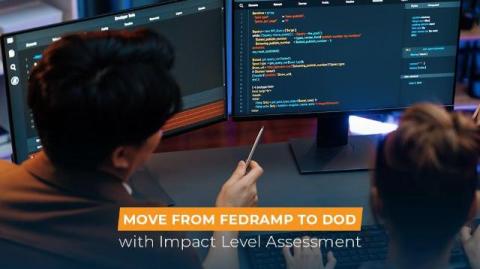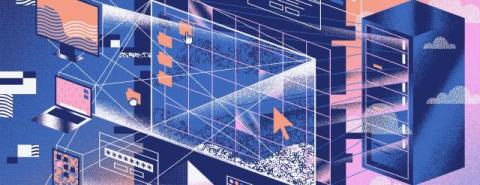How to Classify, Protect, and Control Your Data: The Ultimate Guide to Data Classification
In our digital world, data fuels businesses. This power brings huge responsibility. Cyber threats are real and present dangers. One data breach can destroy a company causing money problems and long-lasting harm to its name. These breaches cost a lot – $4.45 million on average in 2023. This shows we need strong protection right away. Data classification forms the base of this protection. When you grasp and use good data classification methods, you can guard your most important asset: your data.


